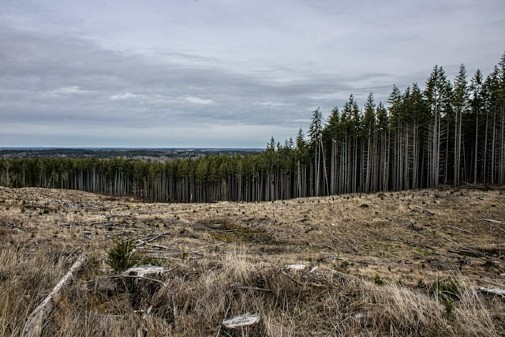Human activity may be triggering the greatest extinction event since the asteroid impact that wiped out the dinosaurs, according to scientists.
 Current extinction rates have not yet reached the threshold of a true "mass extinction"
Current extinction rates have not yet reached the threshold of a true "mass extinction"
The study, based on a review of decades of research on environmental change, as well as a series of workshops bringing together palaeobiologists and ecologists, compares modern species losses with those preserved in the fossil record.
It concludes that while current extinction rates are extraordinary, they have not yet reached the threshold of a true "mass extinction" — but could in time if biodiversity loss continues to rapidly increase.
Dr Jack Hatfield, from the Leverhulme Centre for Anthropocene Biodiversity, said: "The pace of change we're seeing today is unlike anything we know of in the past 66 million years, but crucially, it's not too late. It's a complex, nuanced story, but the message is clear — our species has become a defining force in Earth's history, and we still have the power to decide how that story ends."
Large animals
The researchers trace the human impact back around 130,000 years, including the extinction of large animals such as mammoths and giant ground sloths. As humans spread across the globe, island species began to vanish, followed by more recent losses like the Tasmanian tiger and Steller's sea cow.
In comparing the changes seen today with ancient events, the team found that the dinosaur extinction resulted in the loss of an extremely large proportion of species in a short time. Today's event has resulted in substantial species loss and is progressing rapidly, but is not on the scale and speed of the asteroid that caused the last mass extinction.
In terms of biodiversity losses, however, the Eocene–Oligocene - an extinction event around 34 million years ago, thought to have been the result of global cooling and formation of ice sheets across the Antarctic - was the most comparable to the losses witnessed today.
Significant losses
High percentages of mammal species were lost across multiple continents. This ancient episode however, appears to have unfolded more slowly than the changes underway today. The Eocene-Oligocene event is believed to have taken place over millions of years rather than the far shorter 100,000 we are considering with human impacts.
The events of the Eocene-Oligocene pre-date humans, and so the key difference between the 34 million years ago and now, is the impact that humans have had on the environment, which researchers say is a clear warning on how important it is that we reduce environmental harm sooner, rather than later.
Dr Hatfield said: "Although over a much longer timescale, the Eocene-Oligocene event still shows us the power of major climatic changes to alter life on our planet.
"Our review also highlights the difficulty of comparing the present and the past; there are gaps in the fossil record, unknown species, and extinctions that go unnoticed today, which all cloud the picture. But if we bring what we do know together, the evidence still points to a rapidly shifting world that has been driven almost entirely by human activity, and it's now in our hands to change this picture."
The research is published in the journal Global Change Biology.











